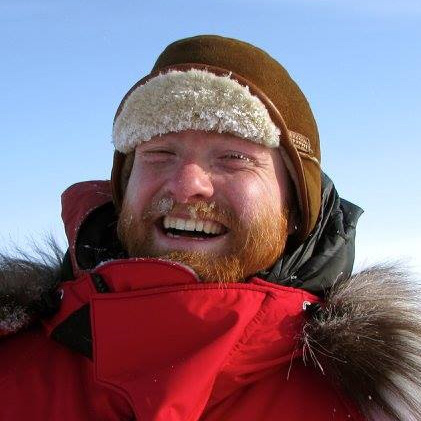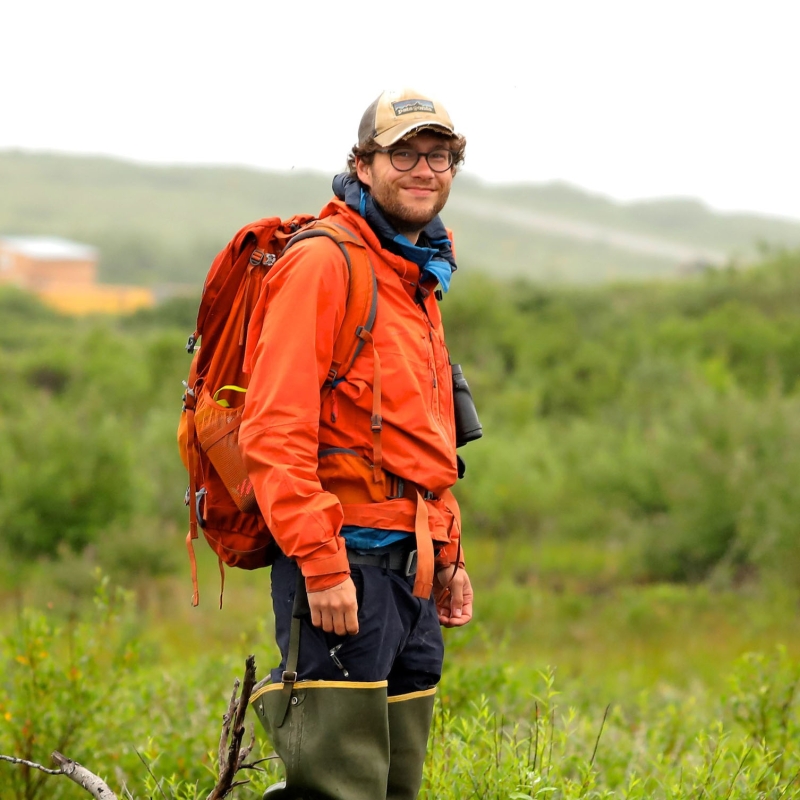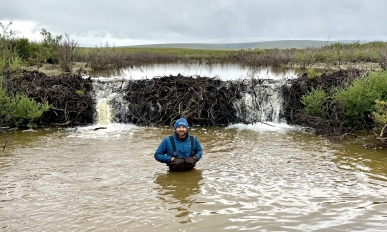Arctic Beaver Observation Network (A-BON): Tracking a new disturbance regime
Beavers in Nome! Beavers are now moving from the forest into arctic tundra regions, where their extent and impacts are unknown. In the Arctic, perennially frozen ground – permafrost – stores vast amounts of carbon, and the stability of permafrost is jeopardized when the landscape is inundated due to beaver engineering and changes in hydrology. Furthermore, stream life in the Arctic is limited by low temperatures, but deeper water associated with pond building increases water temperature in winter. This in turn alters stream ecology and may create refugia for new species moving into the Arctic, including fish. Beaver expansion into new areas has been observed with concern by people living in affected regions, particularly potential impacts to fish, water quality, and boat access. This research will co-produce knowledge with local people to understand concerns and observed impacts of beaver colonization. Scientific fieldwork at beaver ponds will illuminate changes in hydrology and permafrost. This understanding will be combined with satellite images of beaver ponds across the entire Arctic to determine the extent of beaver engineering and recent changes






